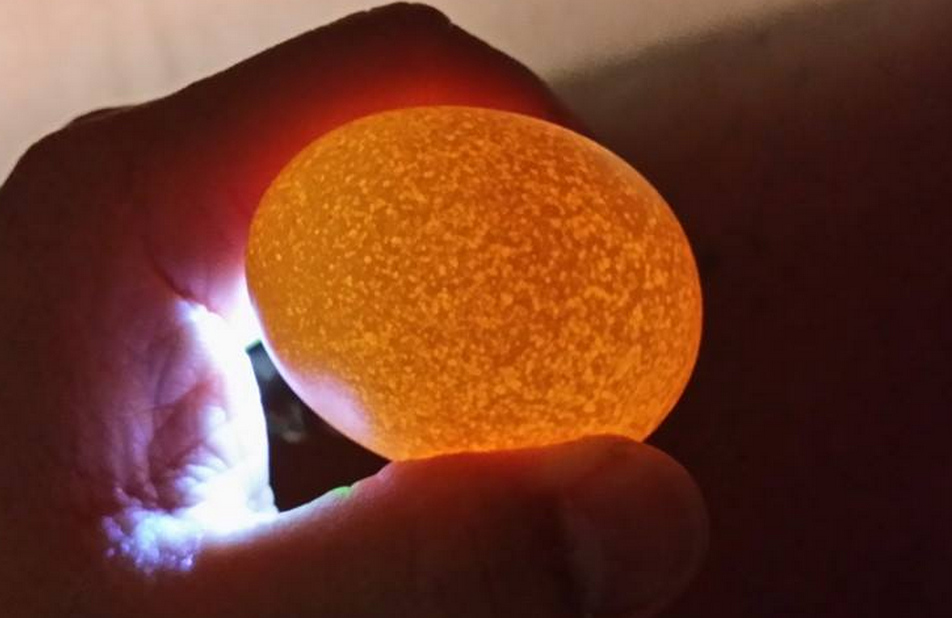Repurpose old hard disk as centrifuge
Sambal, one of my favourite condiment; technically, it goes well with ANYTHING. Did I said ANYTHING?! YES, ANYTHING! Not surprisingly, in the cold, wet, and miserable winter in London; the thought of having sambal served over nasi lemak lingers. But the exorbitant price of 12quid per pathetic serving at a nearby stall really puts me off. It is the state of the mind when it is to overcome hunger and bad weather.
Usually, sambal is prepared in big quantities and distributed to the family members. Having been familiarized with the tedious operation of preparing sambal and the amount of oil used, I do wonder if the oil content in a sambal is removed one way or the other, will it still taste the same? Several ways I have experimented. The most classic method is to let the sambal sit for several hours, until a layer of oil surfaced and then siphoned off. Being the geek one, I wonder if having sambal applied with centrifugal force to separate the solid from the liquid; does it matters at all to the taste, texture, and most importantly to the health conscious ones.
Knowing that I have a zero chance of getting my paws on a centrifuge without cutting the red tape and overcome the bureaucracy, I have decided to make one myself. Having considered the relationship between the materials to be separated react differently to the amount of time, RPM, centrifugal force applied to it; I need a mechanism that spins at high RPM, and a mechanism to computerized the parameters to be applied to the centrifuge. So I started by making the mechanism that spins, just for the instant gratification of looking at something that spins. The computerized portion, I have thoughts of using an optical encoder to calculate the RPM, and an ESC motor controller to regulate the RPM, and also a computerized timer. This make will come at a stage after the spinning mechanism is done.
Bill of Materials: You will need the following to make a mechanism that spins at high RPM.
- Unloved old hard disk drive. I am using WD400EB.
- Custom Laser cut acrylic disk to fit the spindle of the hard drive
- Custom laser cut acrylic hub to fit an eppendorf or two
Having the long history of extracting rare earth magnets from many hard disks from different manufacturer; I find the WD400EB is the easiest to dismantle. My criterion of a good to dismantle hard disk is as follow: no quirky proprietary screws, no screws secured with torque that a human powered muscle cannot handled, and simplistic “clam shell” design.
WD400EB with innards removed. Note the M2 screw size used on the spindle is arranged at 60degrees a part, relatively to the spinning axis.
First iteration of the custom laser cut acrylic disk to determine the right fit. The exact measurements of the screw size, the location of the screws, the diameter of the disk, and the location to place the hub need to be determined. The diameter of the disk is 90mm, 6x M2 screws positioned at 60 degrees apart relatively to the axis.
This the following diagram with the exact measurement is sent to the laser cutter to be cut on 3mm thick acrylic. Thanks to my kaki asri and syazwan for manning the laser cutting!
Subsequent iteration of custom laser cut disk and hub to secure 4 eppendorf is assembled on the hard disk.
Spin baby spin!!!
Till last Friday end of office hours I can’t get my hands on an Eppendorf to carry out the sambal experiment. So I decided to pull a scrambled egg prank on the missus (yeah, I know april fools day is over few days ago). I would devise a contraction to spin an egg in the shell at 5400RPM. the content inside of the egg will be scrambled after subjecting to centrifugal force. Put that egg back into the fridge at the exact location where she will take an egg to make a sunny side up the next morning. Then, SURPRISED!!! I did have the thought of scrambled all the eggs in the fridge, but egg omelette, egg custard, chawanmushi for the next few days?! no way!
This is how an undisturbed egg looks like under LED light. Once the egg is applied with centrifugal force, the content will be cloudy because the content is scrambled.
The egg does not fit the Eppendorf hub snugly; hence need a contraction of some sort to hold it in place.
After some design considerations, it is best to secure the egg in a plastic bag for insurance. The cable ties are meant to hold the egg in position.
When doing at experiment, it is very important to consider all the safety aspects; especially on the issue of failed experiment due to the malfunction of test equipment. In the case of dislodged parts at high RPM with respectable amount of centrifugal force, the projectile can be deadly. I have used one of my ex-project’s container turned upside down to contain any possible projectile and splatter. Of course, the material strength of the container need to be proportionate to the force going to be applied. I would definitely use my 20mm thick polycarbonate container if it is available, but it was discarded as junk when i was away.
Fingers crossed and let’s get started!!! Igor, pull the switch !!!!!!!!!!!
The aftermath of spinning at 5400RPM…. The egg splattered because the shell is acting against the cable tie at high G and gave way. The good thing is, at design stage I have considered the possible outcomes and decide to place the egg in a plastic bag for insurance. My insurance paid off! No messy aftermath to clean up!!! The down side, missus will not be pranked until I devise a better contraction to hold the egg.
Oh wait….. I forgot that I don’t have a missus yet.

No comments:
Post a Comment